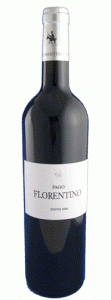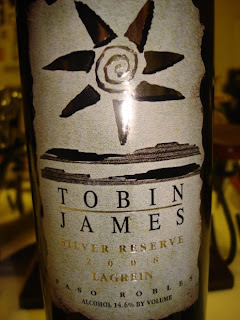 Sparkling Red Wine
Sparkling Red Wine
Lambrusco is a wine that I should like but don’t. It’s red, it’s bubbly and it’s just different. It’s the original red bubbly. Australia has started churning out full-on bubbly red in recent years (as opposed to the Italian semi-bubbly frizzante of Lambrusco), but finding a bubbly red is still very rare. Hence, the appeal of wine shops recommended Lambrusco even when it’s bad.
Styles, according to me
Lambrusco comes in two styles – sickly sweet and drinkable – both of which have some basic characteristics. They’re red wine served chilled, slightly bubbly in that frizzante Italian way, and the alcohol’s on the lighter side (8-11%). Every Lambrusco I’d had until yesterday fit into that mawkish first category of sickly sweet, where the wine was often mistaken for a fizzy liquid lollipop. Apparently, this style caught on during the 1970s, right at the time of the Bee Gees and disco. Clearly a lost decade.
The second style – drinkable – is becoming more popular and includes yesterday’s wine above. Dry, still fruity (but not egotistically so) and actually drinkable, it’s a wine for cold cuts, movie pizza and rainy Sunday afternoons. Thanks to its low alcohol content, any scintillating film critiques you share with your rainy-day couch companion will be understood in real-time.
Grape
Lambrusco is a grape and not a grape. It’s the von Trapp family of wine. There’s a whole lot of individuals but nobody outside the family can distinguish very well between all those kids in the middle so they go by the collective “von Trapp” name. Same thing for Lambrusco. Ampelographers (wiki word of the day) know of at least 60 varieties of Lambrusco and yet “Lambrusco” is what you’ll find on the bottle.
Italy has Lambrusco stamped all over its boot, and this applies historically as well as geographically. Cato the Elder enjoyed this wine back in the Roman days and (despite his puissant name) he wasn’t the first. The Etruscans were drinking Lambrusco long before Romulus found his wolf teat and started building all roads to Rome.
Taste of Lambrusco
Pretty dry but still good middle-of-the-road fruit (strawberry?), enough fizz, and a slightly bitter finish. Better than any Lambrusco I’ve had (low benchmark) and actually worth having in the fridge.
Detail Up!
2009 Francesco Vezzelli Lambrusco Grasparossa di Castelvetro Rive Dei Ciliegi
Google Randoms
* Sickly Sweet Lambrusco Wine provided by Riunite – “top of the list of the 25 most influential italian wines of the last 25 years”
* Lambrusco’s 6 principal von Trapp family members discussed by WSJ’s Lettie Teague
* Balsamic Vinegar comes from the same town as the Lambrusco stronghold in Emilia-Romagna.
 Trickery!
Trickery! 


